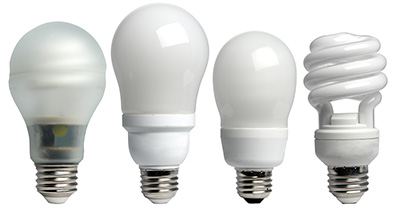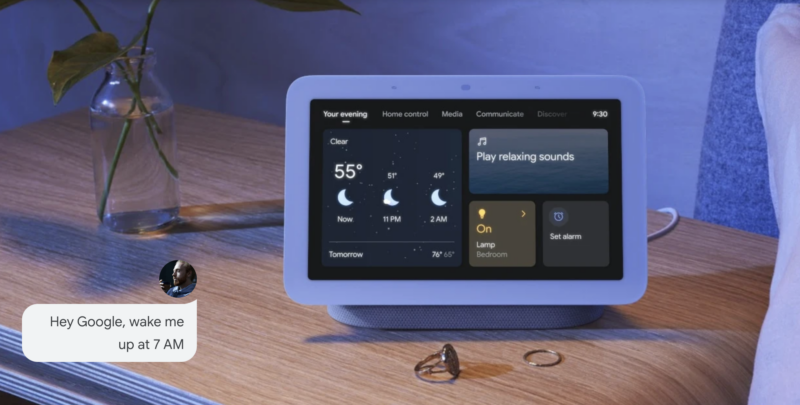CFL Light Bulbs Can’t Go Away Fast Enough
 One of my favorite axioms (and if you’re a regular reader you know that I LOVE axioms) came to me from engineer friends. I find it incredibly apt for many scenarios, not least to AV install and design.
One of my favorite axioms (and if you’re a regular reader you know that I LOVE axioms) came to me from engineer friends. I find it incredibly apt for many scenarios, not least to AV install and design.
The axiom is: “Every solution has two problems.”
AV pros need to remind themselves that their equipment doesn’t operate in a bubble. Your systems interact with other systems in the home. I don’t mean that just in the obvious sense, where a control processor turns light switches on and off. Rather, I mean that things that are connected together will interact, and not necessarily in the way you want them to.
The most fundamental relationship between systems is with the home’s AC power and the home’s lighting. What you plug into the light fixtures impacts other systems that are connected to the home’s power.
In many countries, the curtain has been drawn on incandescent light bulbs. Once they’re all gone, they’re gone. Obviously, substitute technologies have propagated. One of the earliest replacement technologies, compact fluorescent (CFLs) is one of, if not the absolutely most prevalent. By now most households have been replacing incandescent bulbs with CFL bulbs.
It’s too bad that it’s such a terrible technology.
Green initiatives and energy savings, but CFL bulbs are problematic on several counts. For one, disposal of them is an ecological problem. I have some eco-conscious friends who have outright banned them from their houses.
Worse, many models of CFLs are undimmable, which restricts the lighting control options that either the AV pro or the home décor consultant has when it comes to creating pre-programmed lighting scenes for different room settings.
Dimmable CFLs do exist, but there’s two different kinds: “standard dimmable” and “switch dimmable.” Between those and the undimmable models sitting on the shelves of the light bulb aisle at Home Depot have fun coaching your clients on which light bulbs they’re allowed to buy.
But the biggest issue is that a home full of CFLs can cause issues for AV equipment racks.
Here’s why, as explained to me by an electrical engineer of my acquaintance who works for the local utility company: Normal incandescent light is a resistive load. It simply consumes watts, and creates light and heat. CFL bulbs, which have a ballast, are an inductive load. As he put it, “Inductive loads reduce the amount of overall voltage available. This means that the voltage available on the entire grid is dropping as more of these things that are installed. The more sensitive data centers and communication network buildings are starting to notice this already.”
While the refrigerator probably doesn’t care about not getting exactly 120V AC, AV pros know that at 105V AC or less, devices with microprocessors and hard drives start getting weird, either acting erratically or crashing. Those who don’t know that will find that out first hand, eventually.
My friend also pointed out that the inductive loading also adds a lot of noise to the home’s AC system. Obviously there can be negative consequences to that, not least of which are issues with video and audio quality in the client’s AV systems.
So what does this mean for you and your clients?
First, it means you should do everything in your power to talk them out of using CFLs at all, and into other technologies.
Second, it means that you need to specify power management that not only provides noise filtering, surge suppression and UPC, but also voltage regulation. But you’re all already doing that, right?





